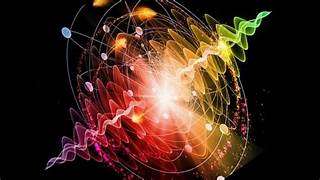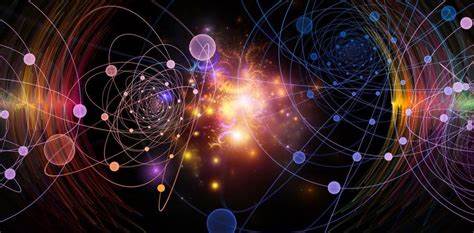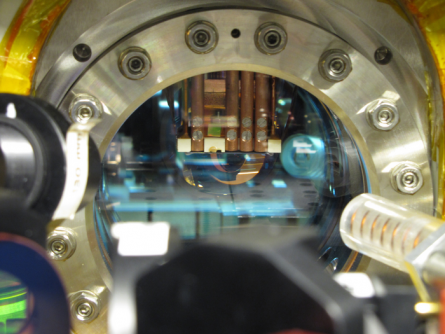Scientists from TU Wien, the Max-Planck-Institut für Quantenoptik in Garching, FU Berlin, ETH Zürich and New York University have collaborated on a research study that has for the first time measured a paradoxical quantum phenomenon.
Quantum physics allows for even stronger links between different quantities: different particles or parts of an extensive quantum system can “share” a certain amount of information. There are curious theoretical predictions about this: surprisingly, the measure of this “mutual information” does not depend on the size of the system but only on its surface. This surprising result has been confirmed experimentally at the TU Wien and published in Nature Physics. Theoretical input to the experiment and its interpretation came from the Max-Planck-Institut für Quantenoptik in Garching, FU Berlin, ETH Zürich and New York University.

For example, imagine there is a pack of twenty dogs in front of you. If you pick one that is much longer than the pack’s average, there is a good chance that this dog also weighs more than the average. In this case, the “quantity” of this dog’s length also contains information about its weight.
“Let’s imagine a gas container in which small particles fly around and behave in a very classical way like small spheres. If the system is in equilibrium, then particles in different areas of the container know nothing about each other. One can consider them completely independent of each other. Therefore, one can say that the mutual information these two particles share is zero,” said Mohammadamin Tajik of TU Wien, in a press statement
There has long been a prediction :- paradoxical quantum
“For such cases, there has long been a prediction about the mutual information shared between different subsystems of a many-body quantum system,” explains Mohammadamin Tajik. “In such a quantum gas, the shared mutual information is larger than zero, and it does not depend on the size of the subsystems – but only on the outer bounding surface of the subsystem.”
As long as the system’s temperature
As long as the system’s temperature does not reach absolute zero (which is impossible), this “shared information” has a limited range. In quantum physics, this is related to the “coherence length” – it indicates the distance to which particles quantumly behave similar, and thereby know from each other. “This also explains why shared information doesn’t matter in a classical gas,” says Mohammadamin Tajik. “In a classical many-body system, coherence disappears; you can say the particles no longer know anything about their neighboring particles.” The effect of temperature and coherence length on mutual information was also confirmed in the experiment.

The international team confirmed for the first time that the “mutual information” in many-body quantum systems increases proportionally to its surface area rather than to its volume.
In the quantum world, things are different:- paradoxical quantum
In the quantum world, however, things are different: If particles behave quantumly, then it may happen that you can no longer consider them independently of each other. They are mathematically connected – you can’t meaningfully describe one particle without saying something about the other.
“The experiment is very challenging. We need complete information about our quantum system, as best as quantum physics allows. For this, we have developed a special tomography technique. We get the information we need by perturbing the atoms just a bit and then observing the resulting dynamics. said Jörg Schmiedmayer, who led the research, in a press statement.
This prediction seems intuitively strange:- paradoxical quantum
This prediction seems intuitively strange: In the classical world, it is different. For example, the information contained in a book depends on its volume – not merely on the area of the book’s cover. In the quantum world, however, information is often closely linked to surface area.



